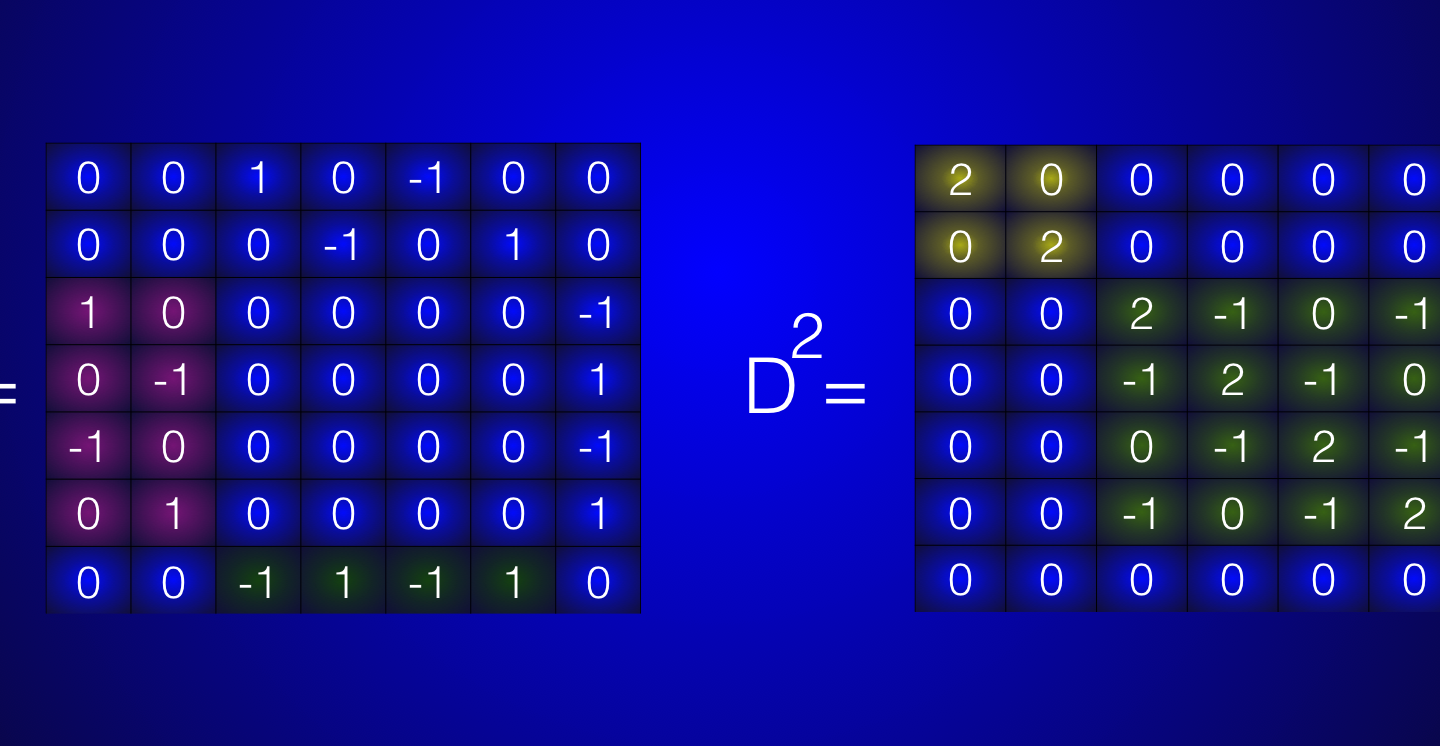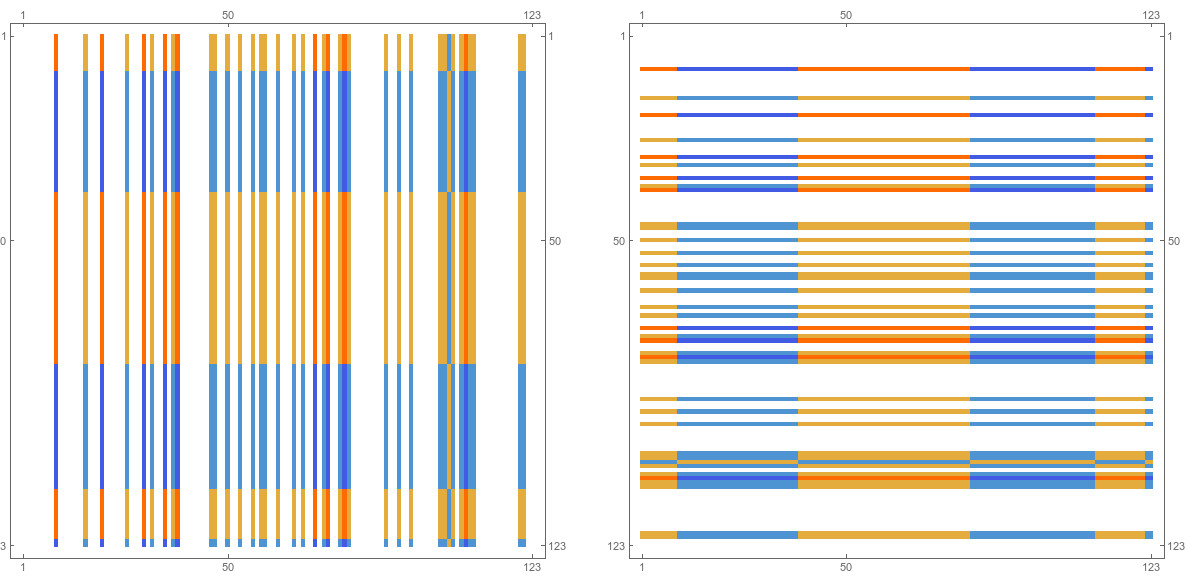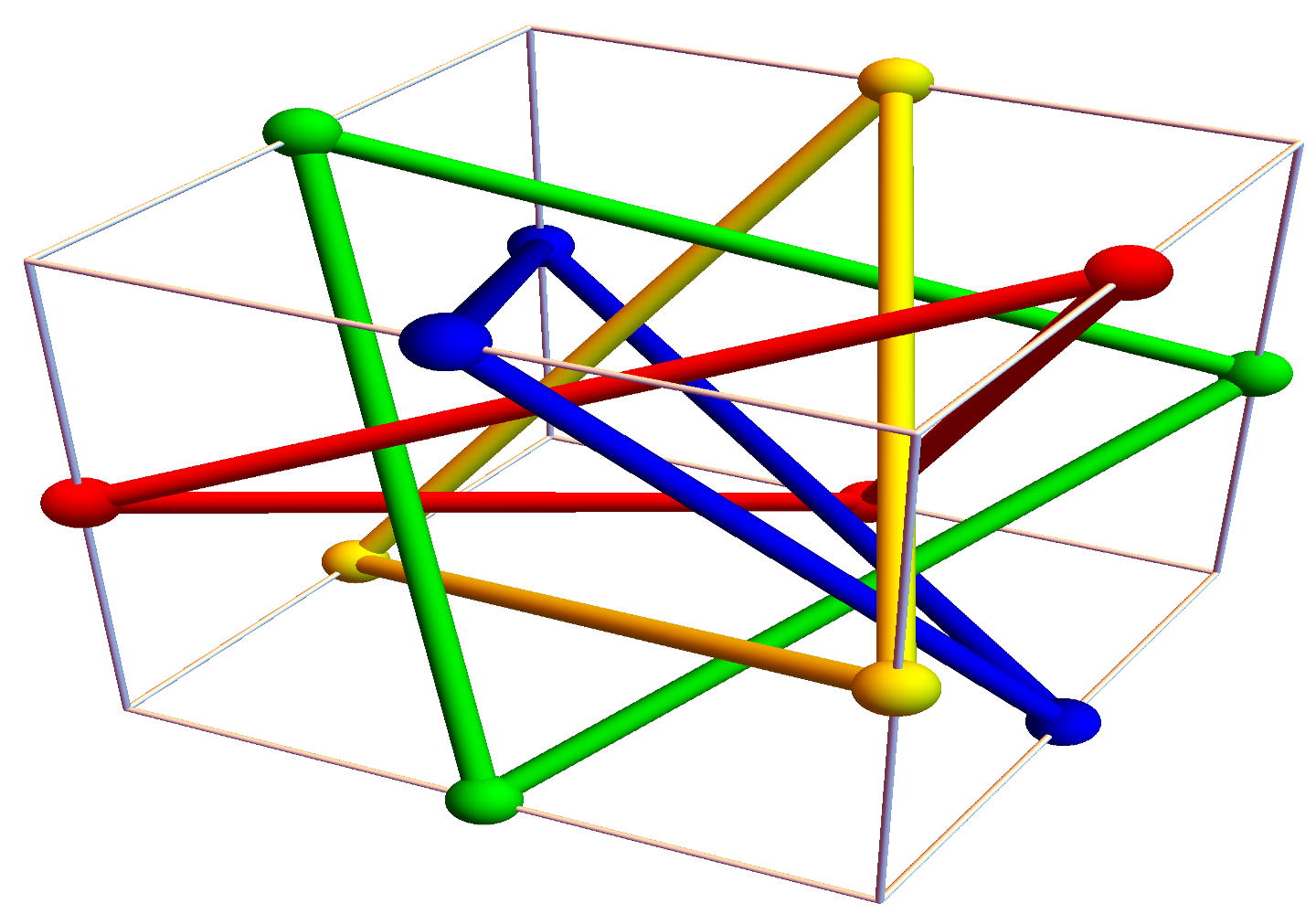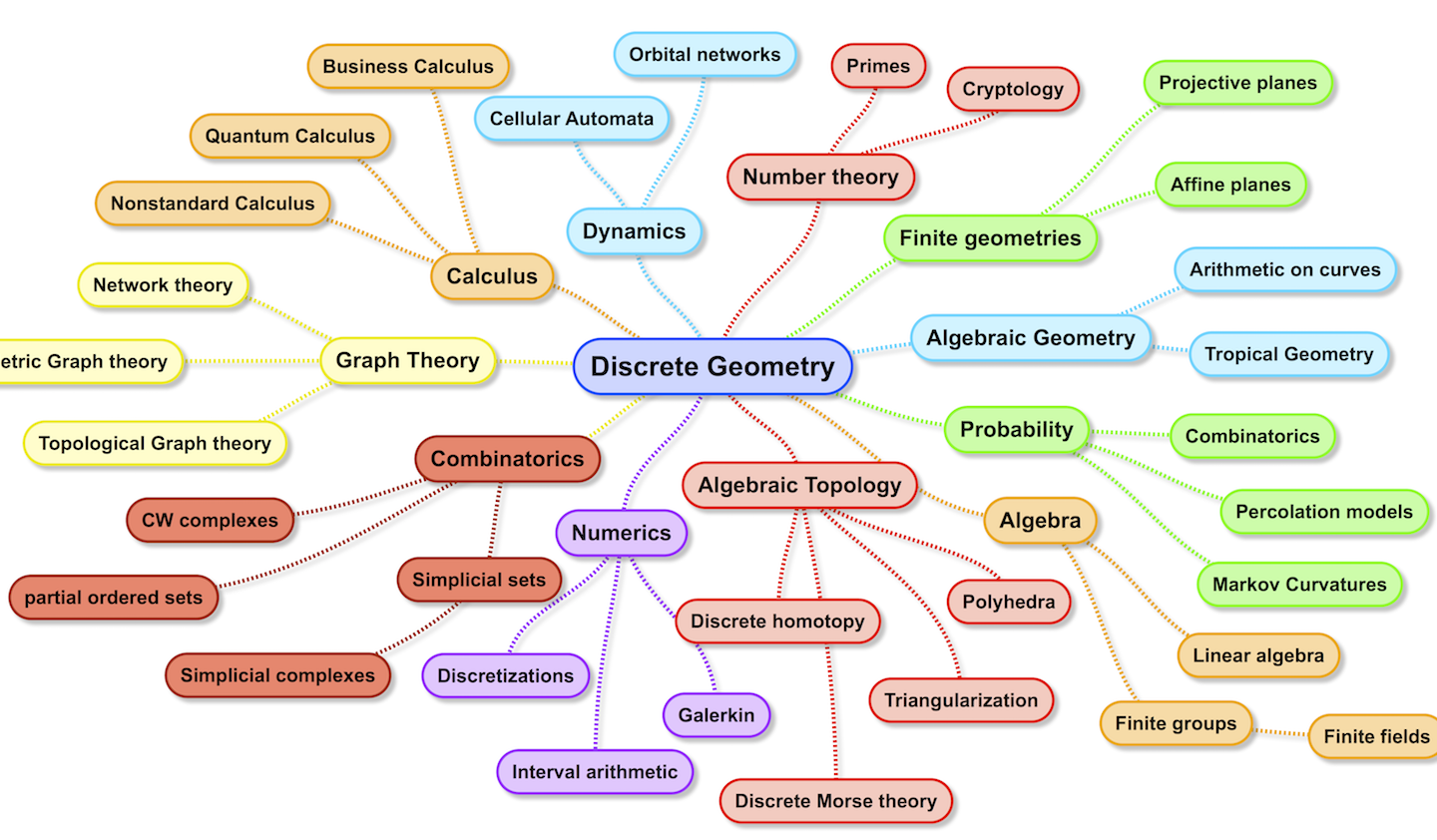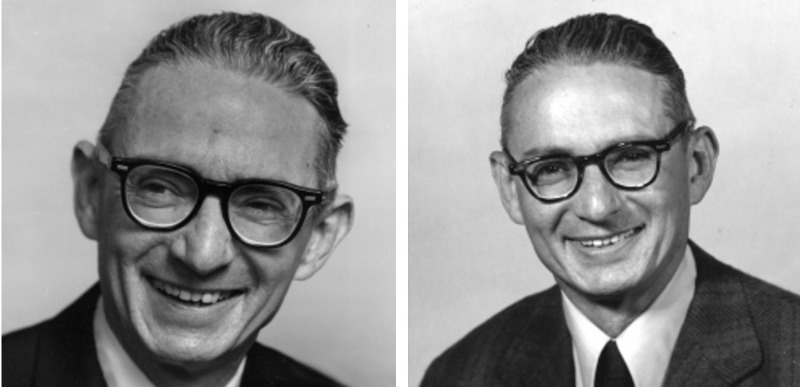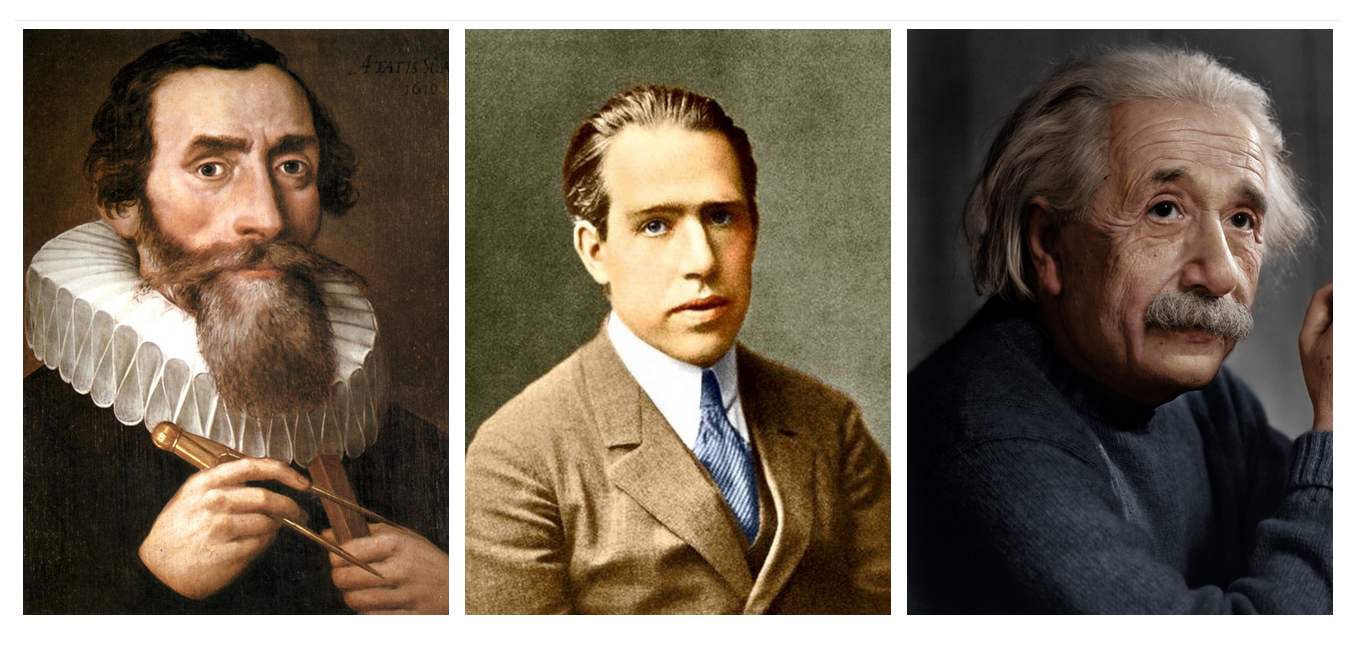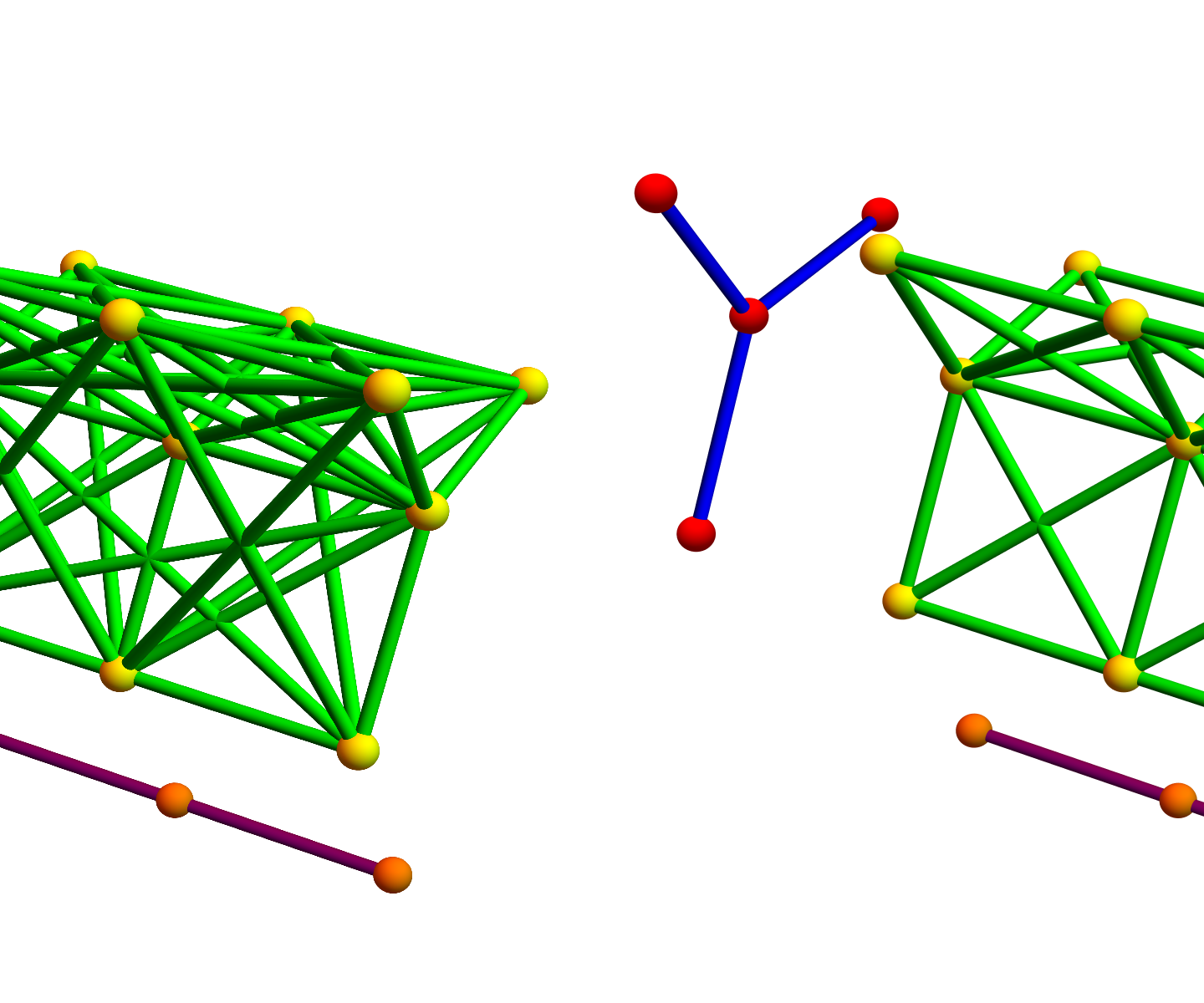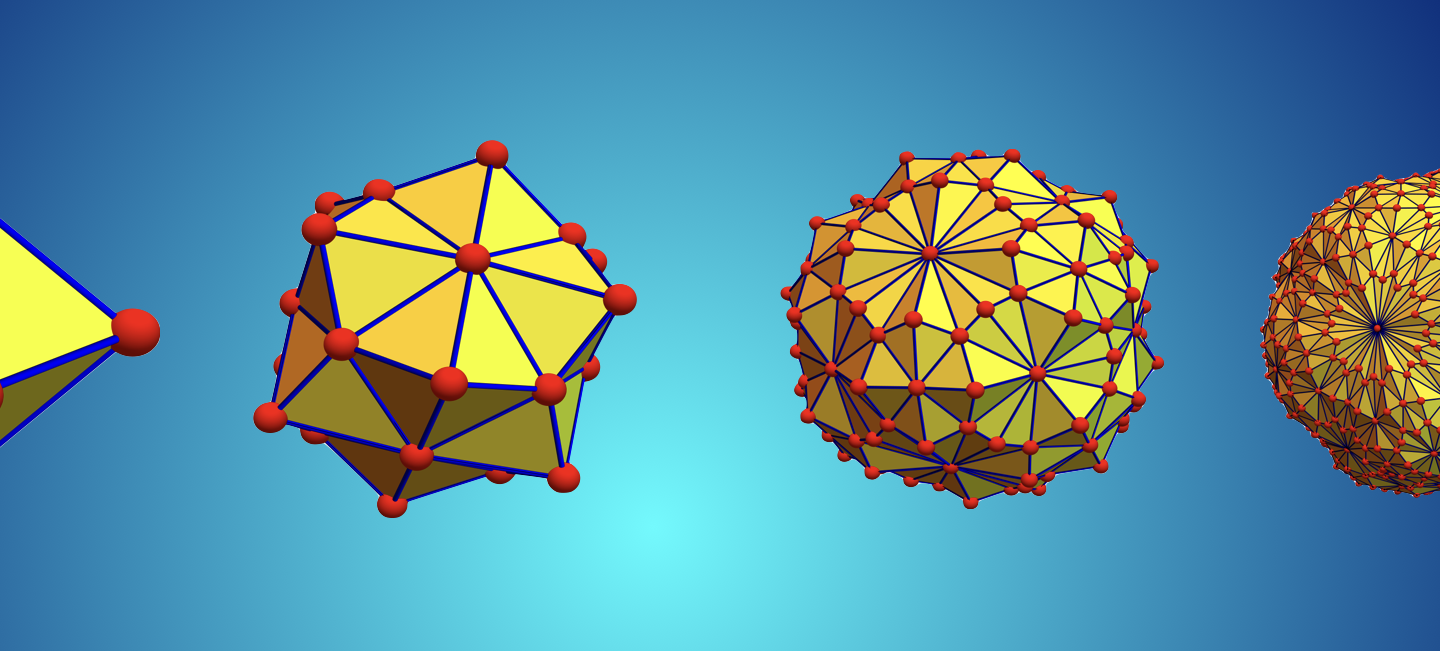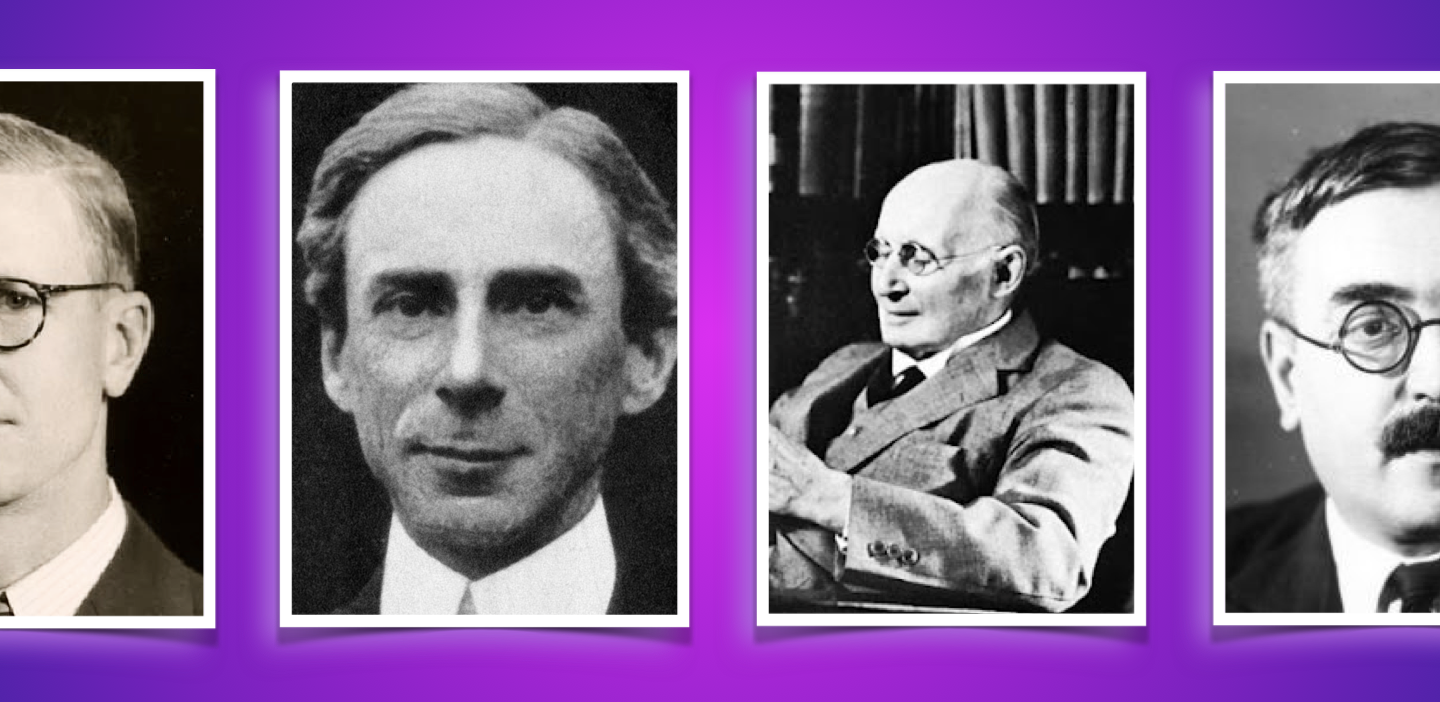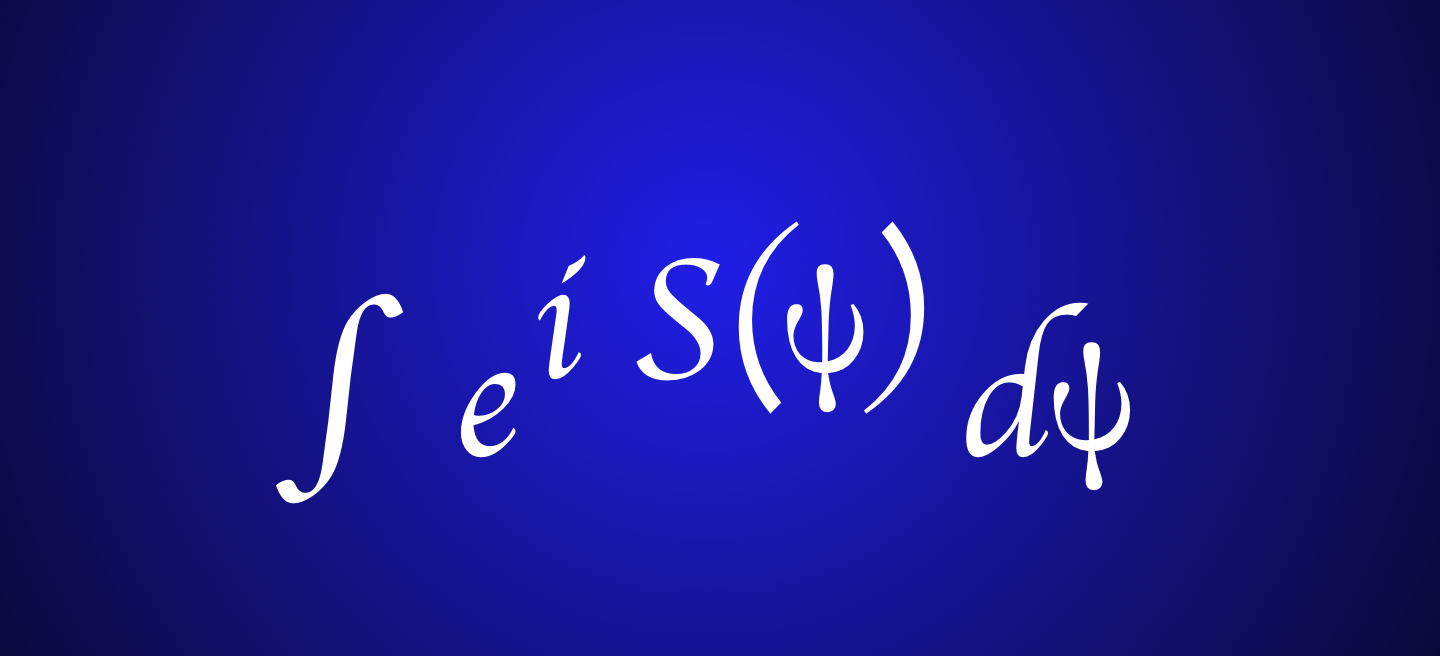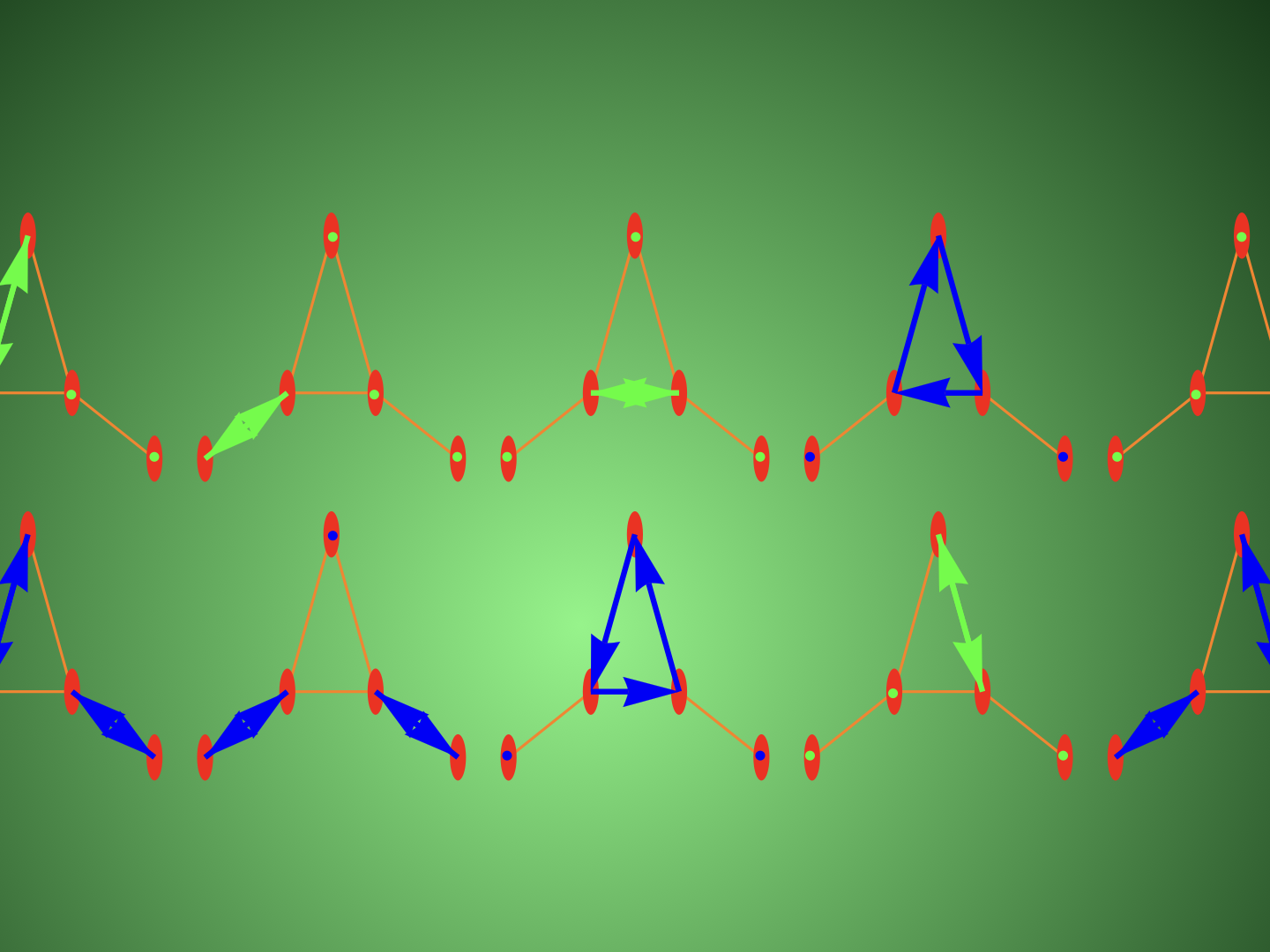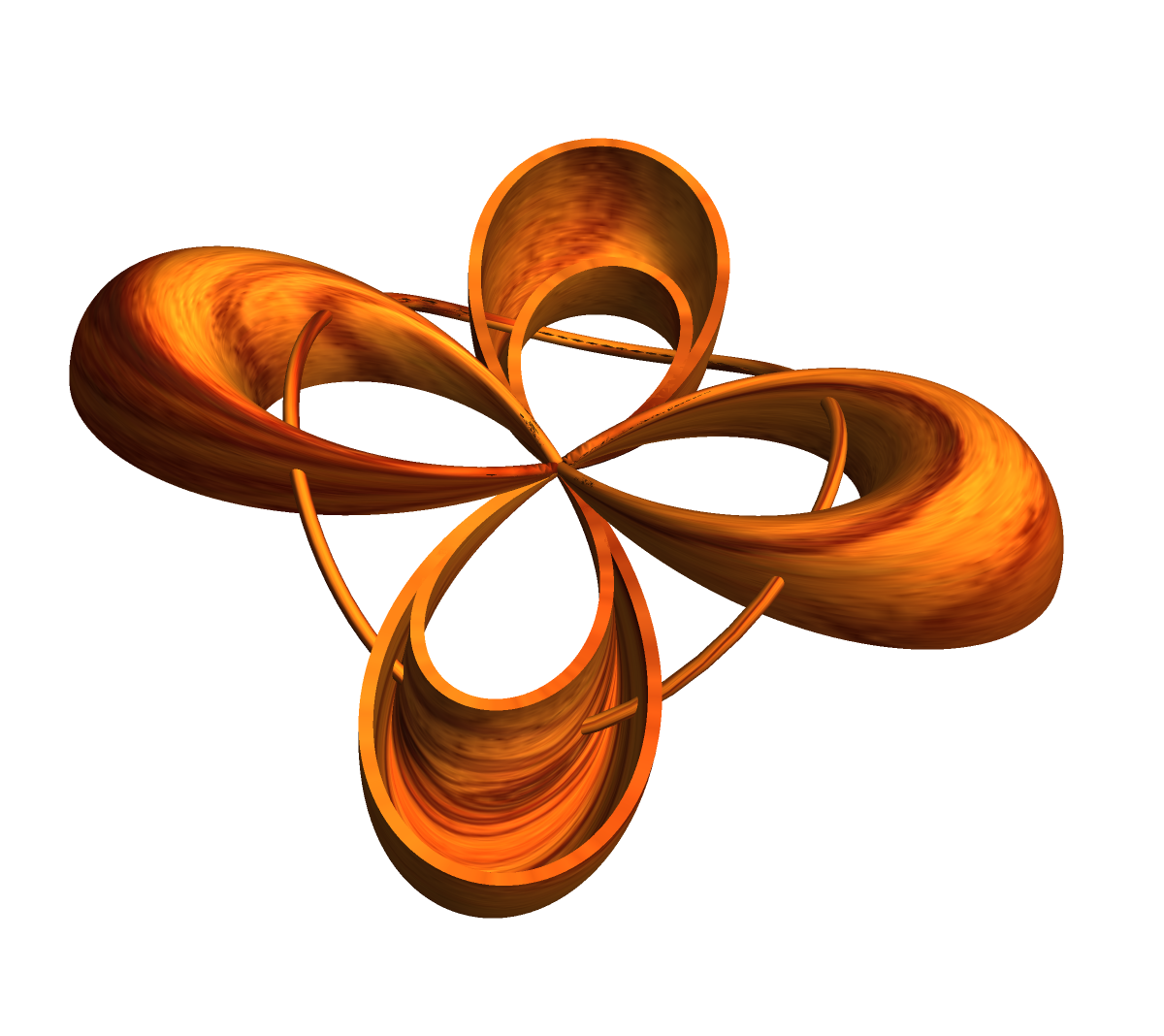We have seen that satisfies
.
We will often leave the constant $h$ out of the notation and use terminology like for the “derivative”. It makes sense not to simplify
to $x^n$ since the algebra structure is different.
Define the exponential function as
. It solves the equation
. Because each of the approximating polynomials
is monotone and positive also
is monotone and positive for all
. The fixed point equation
reads
so that for
we have
where $e_n \to e$. Because $n \to e_n$ is monotone, we see that the exponential function depends in a monotone manner on h and that for
the graphs of $\exp(x)$ converge to the graph of
as
.
Since the just defined exponential function is monotone, it can be inverted on the positive real axes. Its inverse is called . We can also define trigonometric functions by separating real and imaginary part of
. Since
, these functions satisfy
and
and are so both solutions to
.









